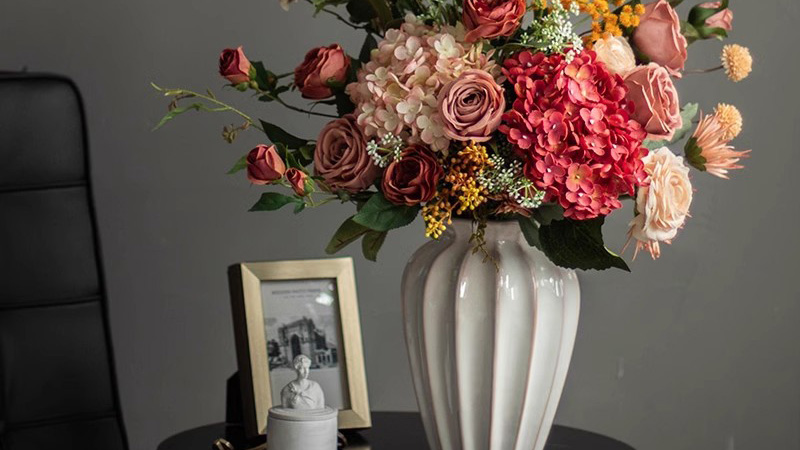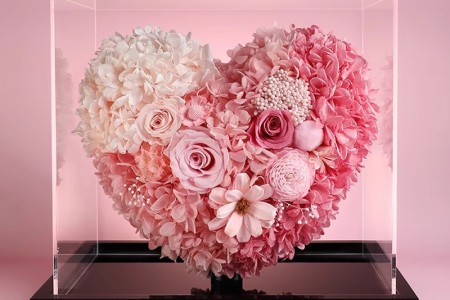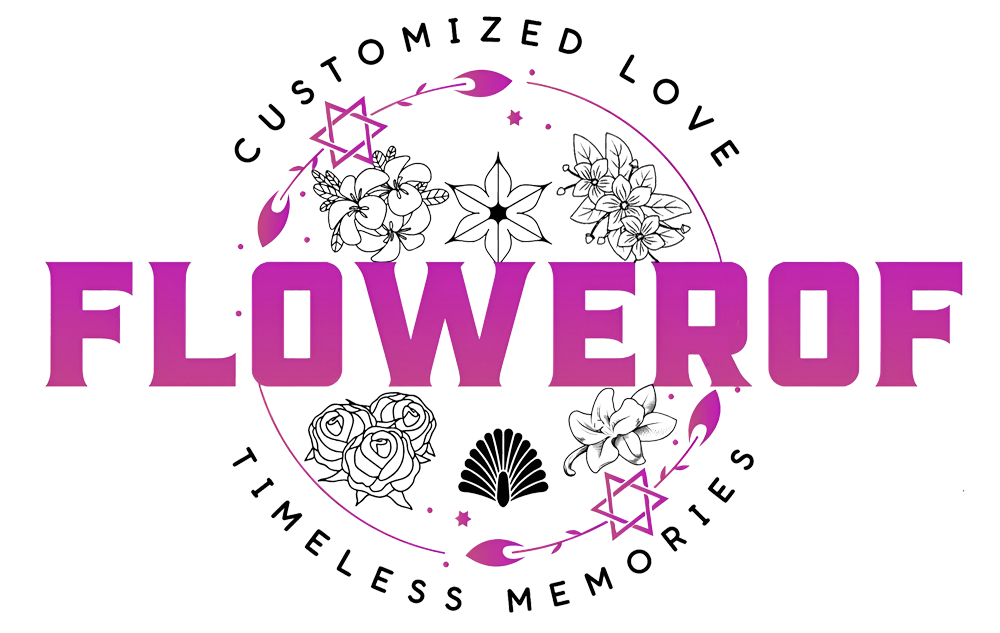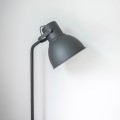
Introduction to Dried Flowers and Preserved Flowers
In the world of floral preservation,dried flowers and preserved flowers are often confused, yet they represent two distinct categories with unique characteristics. While both start as fresh blooms, their processing methods, aesthetics, longevity, and care requirements differ significantly. This article delves into their differences, production techniques, lifespan, and ideal use cases, empowering readers to make informed choices.
What Are Dried Flowers?
Dried flowers are natural blooms that have undergone dehydration to remove moisture. This simple preservation method dates back centuries and relies on air-drying, silica gel, or microwaving. Common varieties include lavender, roses, and eucalyptus.
How Are Dried Flowers Made?
1. Air-Drying:
Flowers are hung upside-down in a dark, dry space for 2–3 weeks. This method retains shape but may fade colors.
2. Silica Gel Method:
Blooms are buried in silica gel to absorb moisture rapidly, preserving vibrant hues better than air-drying.
3. Microwave/Dehydrator:
Quick drying (2–5 minutes) using microwaves or dehydrators locks in color and texture.
Pros and Cons of Dried Flowers
Pros: Low cost, rustic charm, easy DIY.
Cons: Brittle texture, faded colors, prone to dust accumulation.
What Are Preserved Flowers?
Preserved flowers (also called "eternal roses" or "forever flowers") are real blooms treated with advanced techniques to maintain their freshness, softness, and color for years. Popular options include roses, hydrangeas, and orchids.
The Science Behind Preserved Flowers
Preservation involves:
1. Dehydration: Removing natural sap and moisture.
2. Bleaching & Rehydration: Replacing sap with glycerin and dyes to restore color and suppleness.
3. Sealing: Coating with plant-based waxes or resins for durability.
Advantages and Limitations
Pros: Lifelike appearance, soft texture, customizable colors.
Cons: Higher cost, sensitivity to humidity and sunlight.
Key Differences Between Dried and Preserved Flowers
1. Production Methods
Dried Flowers: Simple dehydration (air-drying, microwaving).
Preserved Flowers: Complex chemical processes (glycerin infusion, dyeing).
2. Appearance and Texture
Dried Flowers: Matte, brittle, and often faded.
Preserved Flowers: Glossy, flexible, and vibrant, mimicking fresh blooms.
3. Lifespan
Dried Flowers: Last 6 months to 2 years but degrade in humid conditions.
Preserved Flowers: Maintain beauty for 3–5 years with proper care.
4. Cost
Dried Flowers: Affordable (DIY-friendly).
Preserved Flowers: Expensive due to labor-intensive processes .
How to Care for Dried and Preserved Flowers
Dried Flower Care Tips
1. Environment: Keep in dry, ventilated areas away from humidity.
2. Cleaning: Use a soft brush or cool hairdryer to remove dust.
3. Avoid: Direct sunlight and water exposure.
Preserved Flower Maintenance
1. Humidity Control: Store with silica gel packets in airtight containers.
2. Lighting: Avoid UV exposure to prevent fading.
3. Handling: Minimize touching; never wash with water.
Ideal Use Cases
Dried Flowers: Rustic décor, wreaths, potpourri, and crafts.
Preserved Flowers: Luxury gifts, wedding bouquets, and high-end home décor.
Conclusion
Understanding the distinction between dried and preserved flowers helps consumers choose the right option for their needs. Whether seeking budget-friendly rustic charm or everlasting elegance, both forms offer unique ways to celebrate nature’s beauty. For further reading, explore resources from botanical institutes or floristry experts.
●American Society for Horticultural Science





















10 Comment(s)
1
1
1
1
1
1
1
1
1
1
1
1
1
1
1
1
1
1
1
1
1
1
1
1
1
1
1
1
1
1
1
1
Leave a comment